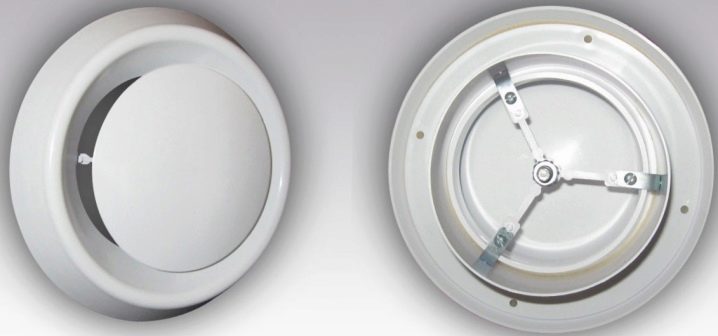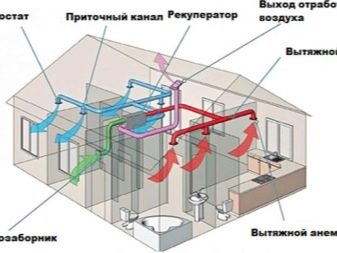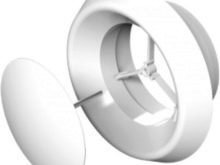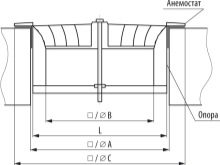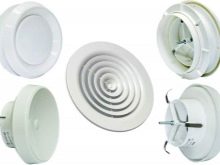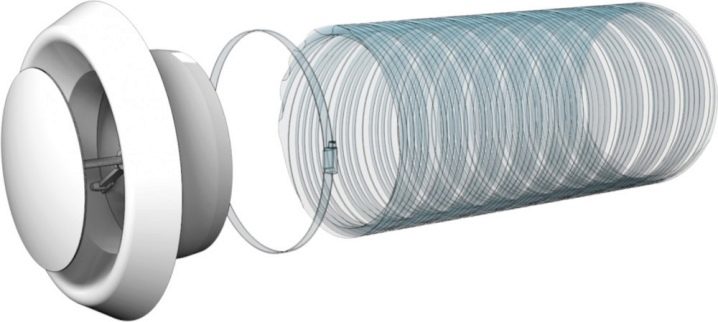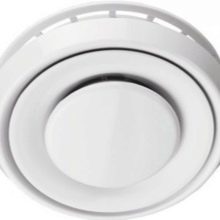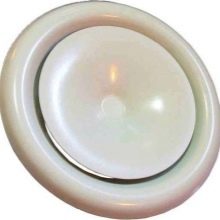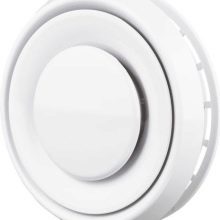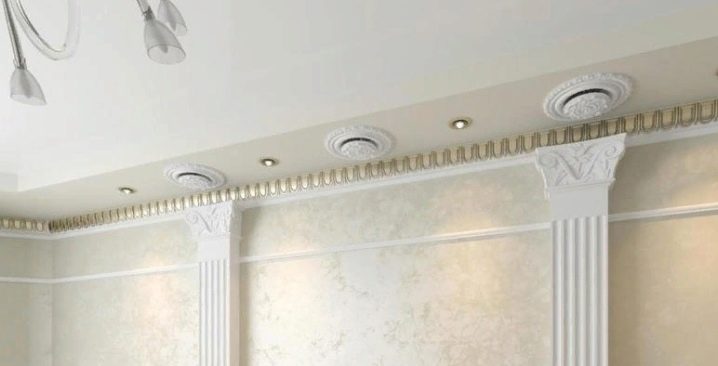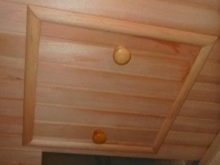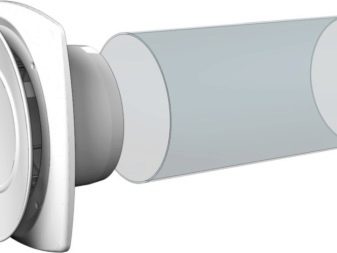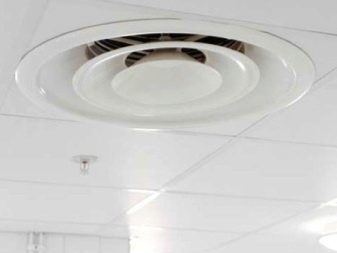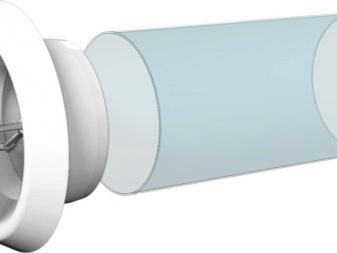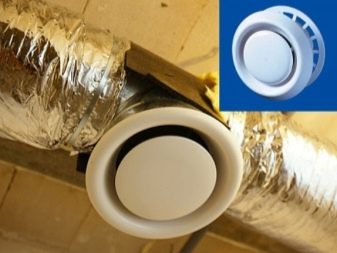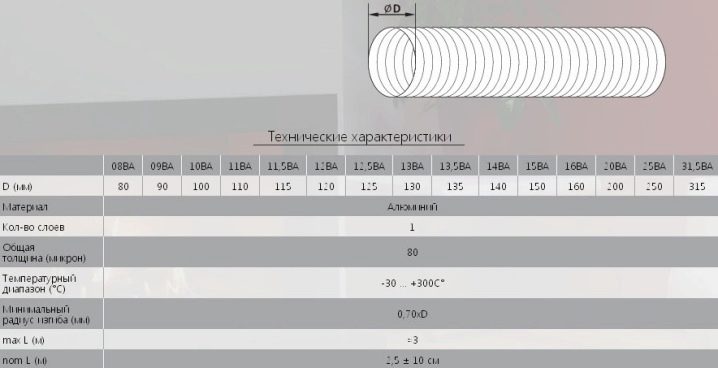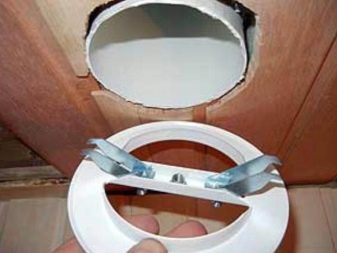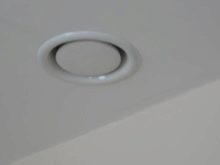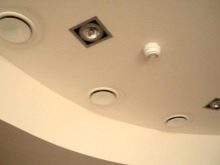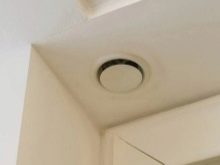Anemostats for ventilation: characteristic, principle of operation and device
Anemostat is an integral part of the ventilation network and provides a change in the intensity of air jets. Models are available in a large assortment and are widely used in the construction of ventilation systems.
Purpose
Anemostat is a device that allows to achieve the most efficient distribution of air masses inside the room. Devices perfectly cope with drafts and can be installed in the air handling units, and in air conditioning systems. In addition, the anemostat has proven itself in the networks of air heating, thanks to which it has found its application in the premises for any purpose, including public buildings and industrial facilities.The device prevents the effect of aeroconvection - a phenomenon in which air jets form strong turbulence, which reduces the level of comfort in the room.
The ability to extinguish vortex flows due to the shape of the anemostat, due to which the passing air is forced to flow around the cover of the device and evenly dissipate. In addition to adjusting the direction of air jets, anemostats are able to regulate the amount of fresh air in a room or limit its flow altogether. In addition to practical purposes, anemostaty perform an important aesthetic function. Devices skillfully mask the vent hole and harmoniously fit into the modern design.
Device and principle of operation
The design of anemostat is quite simple. The body of the product is presented in the form of a shortened section of pipe, inside of which there is a spacer holding the adjusting screw. In front of the screw is a mounting flange, having the shape of a flat circle and resembling a plate. The flange is fixed on the screw, able to move along the body of the device and rotate around its axis.
When rotated counterclockwise, the “plate” extends and increases the air gap. When rotating in the opposite direction, the gap decreases and the number of incoming flows decreases. The ability to regulate the volume of incoming air is the main difference between anemostats and diffusers, which are often confused with each other. In addition, diffusers can be both round and square in shape, while anemostats are only available in round designs.
Some models for fresh air are equipped with not one, but immediately two plates, one of which has a concave shape and a large diameter. The second is standard and is located inside the case. The device of this design contributes to a more uniform distribution of air throughout the room and is installed on the ducts of powerful ventilation systems. In addition to the traditional configuration, anemostat can be equipped with a filtration system that holds dust and small mechanical debris in the street air. Models are available in a wide color palette and can be matched to any color of the interior.
The diameter of anemostat is 8-20 cm, and the maximum stroke of the dish inside the case varies depending on the model and can reach 23 mm. For the production of devices using lightweight materials such as galvanized steel, plastic, aluminum and wood. The most common are plastic models. They are highly moisture resistant, have low weight and are not subject to corrosive processes. In addition, plastic is easily painted in different colors and blends well with different interiors. Plastic models are easy to install, they do not rot and do not require special care. The advantages also include low cost and wide consumer availability of products. The main disadvantage of plastic models is the low strength of the material and the inability to use models to divert hot streams.
Metal aerostats are distinguished by high wear resistance and long service life: such a product will get bored faster than it breaks. In addition, the models have a stylish design and harmoniously fit into the modern and ultra-modern interiors.Metal products can pass hot air streams through themselves, and therefore can be installed in production plants, baths and saunas. It is recommended to install stainless steel products in rooms with high humidity, and use heat-resistant models in smoke removal systems. The disadvantages of metal devices include high cost and heavy weight.
Wooden anemostats are not as common as plastic or metal. Products are organically combined with the interior of baths and wooden houses, and often act as an independent design element. However, completely wooden models are not produced. The case and the screw are made of an eraser or metal, and only a plate is wooden. This combination of materials allows the use of models in wet rooms of baths, without fear of their swelling and the likelihood of rotting.
The valve control of anemostat can be performed both manually and automatically. The average cost of plastic models ranges from 200 to 300 rubles, metal ones will cost 300-400, and wooden products will have to pay from five hundred to a thousand rubles.
Species
According to their functional purpose, anemostats are divided into three types, and are inflow, exhaust and universal.
- Stitched models they are distinguished by a concave inward plate with the lowest aerodynamic drag. Air masses passing through such devices are distributed smoothly and evenly. Models can be installed both on the wall and on the ceiling, and the incoming air is supplied to them with a diffuser built into the duct.
- Exhaust models They are equipped with round smooth lids and are capable of efficiently discharging waste air masses. The choice of anemostat for exhaust is determined by the purpose of the room and the physical characteristics of polluted air. Plastic and metal models are used in such systems quite often, but there are a number of limitations on the temperature and humidity of the exhaust flows for the operation of wooden models.
- Universal Anemostats able to work on both intake and exhaust systems, and have two cap-divider. When installed in the hood, you can use both slits at once, while when organizing an inflow system,the exhaust port must be blocked. Models are controlled manually and installation of automation on them is not practiced.
Installation
Installation of anemostats is a fairly simple process and does not cause difficulties for people who have no experience in construction. To properly fix the device, you must follow a clear sequence of actions and comply with the necessary requirements.
- Initially, it is necessary to measure the size of the cross section of a flexible duct and purchase an anemostat of the same size.
- Connect the air duct to the main ventilation duct and lead its end to the place where the ventilation window will be located.
- Drill a hole of the required diameter in the wall or ceiling.
- Install the anemostat support into the drilled hole and connect it to the duct. Then screw into the case of the screw with the plate, after which the outer part of the device, which will be located in the room, needs to be fixed to the bearing surface with self-tapping screws.
- For models equipped with automatic control, you need to stretch the cable and put the switch.
- Before completion of repair work in the room, the installed anemostat should be covered with heavy paper or plastic film. This will prevent small debris and dust from entering the device and eliminate the need to clean it.
Despite the fact that anemostats are not a mandatory element for installation of ventilation systems, their use greatly facilitates the use of the ventilation system and significantly improves the indoor climate. The appearance and design of anemostats favorably distinguishes them from the ventilation grilles and diffusers, which undoubtedly increases the popularity of these useful and practical devices, and makes them quite popular.
The intricacies of connecting forced ventilation in the bathroom and toilet are described in the video below.

